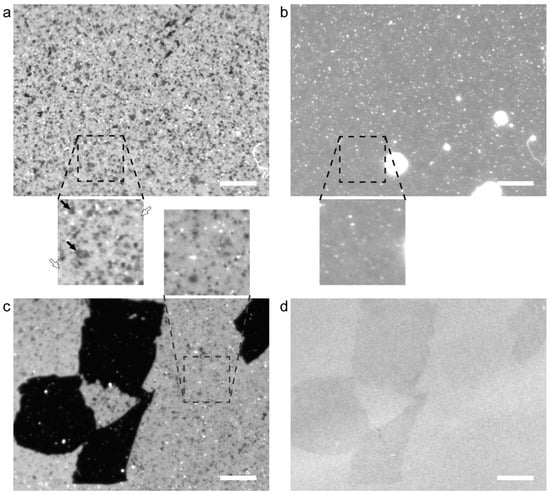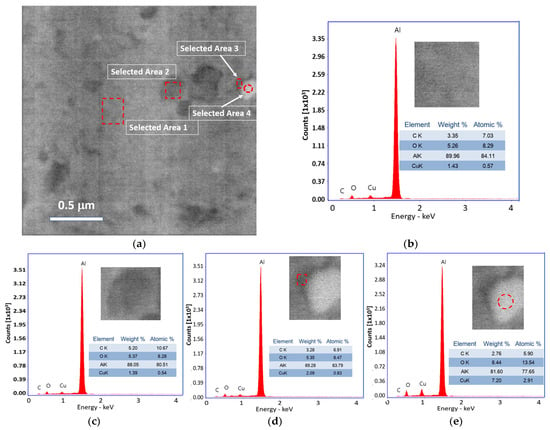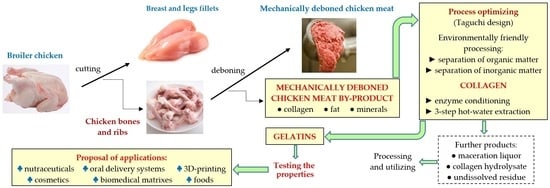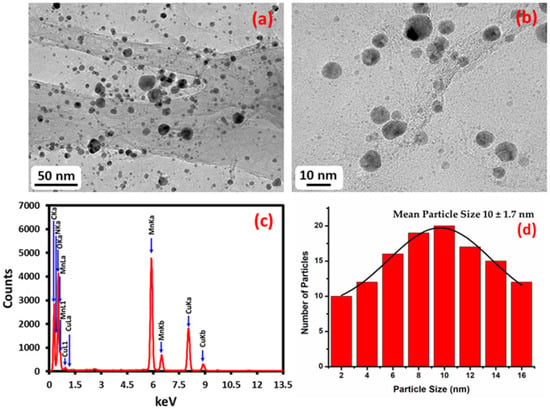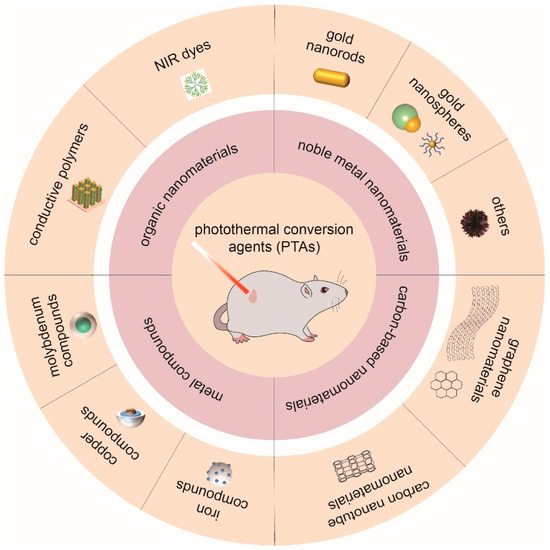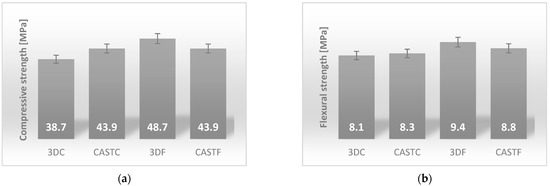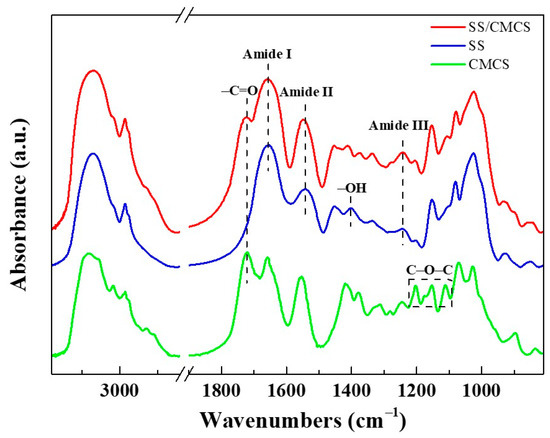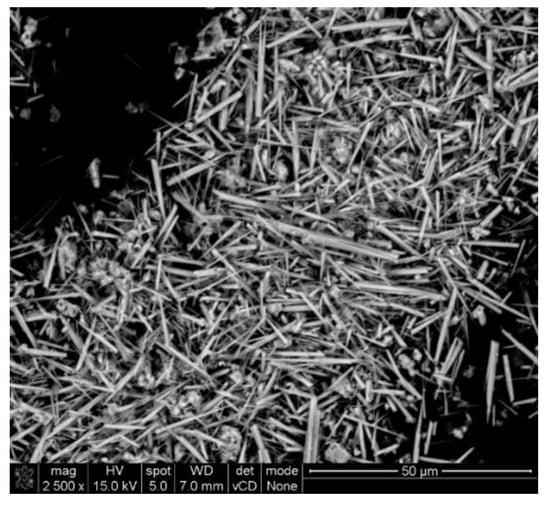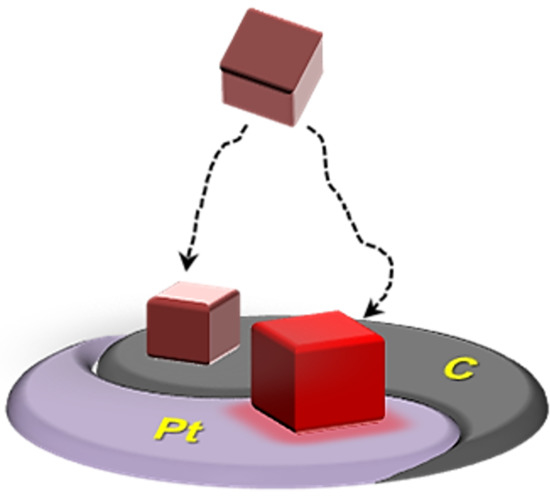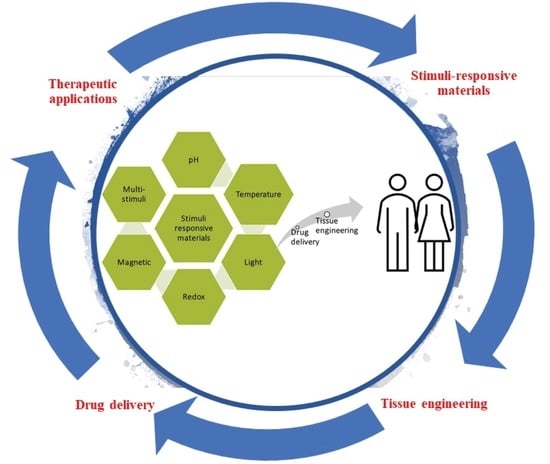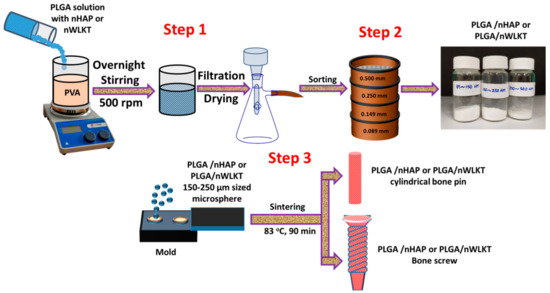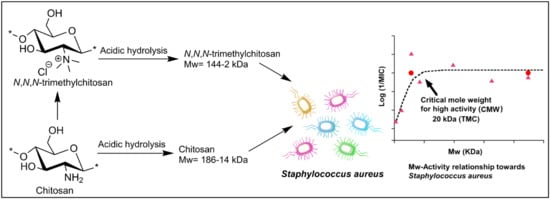Feature Papers in Materials Science
A topical collection in International Journal of Molecular Sciences (ISSN 1422-0067). This collection belongs to the section "Materials Science".
Viewed by 758390Editor
Interests: inorganic materials synthesis in ionic liquids; functional ionic liquids-hybrid materials; ionogels; biomimetic materials; hybrid materials; calcium phosphate; silica; water treatment; energy materials
Special Issues, Collections and Topics in MDPI journals
Topical Collection Information
Dear Colleagues,
This Topical Collection “Feature Papers in Materials Science” aims to collect high-quality research articles, short communications, and review articles in all the fields of materials with a focus on biological or molecular research. Since the aim of this Topical Collection is to illustrate, through selected works, frontier research in materials science, we encourage Editorial Board Members of the Materials Science Section of the International Journal of Molecular Sciences to contribute papers reflecting the latest progress in their research field or to invite relevant experts and colleagues to do so. Topics include, without being limited to:
- Biomaterials
- Nanomaterials
- Structural Materials
- Hierarchically Structured Materials
- Functional/Sensor Materials
- Advanced/Nuclear Materials
- Polymers/Composites
- Self-Assembly/Macromolecular Materials
- Optoelectronic/Magnetic Materials
- Soft Materials
- Space Materials
- Materials for Bioelectronics and Biointerfaces
- Materiomics
- Supramolecular Materials
- Coordination Polymers
Prof. Dr. Andreas Taubert
Collection Editor
Manuscript Submission Information
Manuscripts should be submitted online at www.mdpi.com by registering and logging in to this website. Once you are registered, click here to go to the submission form. Manuscripts can be submitted until the deadline. All submissions that pass pre-check are peer-reviewed. Accepted papers will be published continuously in the journal (as soon as accepted) and will be listed together on the collection website. Research articles, review articles as well as short communications are invited. For planned papers, a title and short abstract (about 100 words) can be sent to the Editorial Office for announcement on this website.
Submitted manuscripts should not have been published previously, nor be under consideration for publication elsewhere (except conference proceedings papers). All manuscripts are thoroughly refereed through a single-blind peer-review process. A guide for authors and other relevant information for submission of manuscripts is available on the Instructions for Authors page. International Journal of Molecular Sciences is an international peer-reviewed open access semimonthly journal published by MDPI.
Please visit the Instructions for Authors page before submitting a manuscript. There is an Article Processing Charge (APC) for publication in this open access journal. For details about the APC please see here. Submitted papers should be well formatted and use good English. Authors may use MDPI's English editing service prior to publication or during author revisions.















































